India and World War II: War, Armed Forces and Society, 1939-45
The Second World War remains a defining chapter in modern world history. Colonial India’s involvement in the war has often been studied against the backdrop of the ongoing freedom struggle, the varying attitudes of the Indian National Congress and the Muslim League, and the formation of the Azad Hind Fauj under Subhas Chandra Bose. Moving beyond the claims of how Indian resources and soldiers aided the Allies in winning the war, this volume explores the complex interrelationship between the Indian armed forces, the Indian society, and the war.
Drawing on archival data, this book focuses on understanding the impact of large-scale mobilization of manpower and resources on an underdeveloped agrarian society; the communities which joined the Indian armed forces; why the Indian soldiers remained loyal to the Raj; and how they defeated the Japanese in Burma and the Italians and the Germans in Africa and Italy.
Rather than merely providing a chronological account of military operations, Roy fuses ideas and institutions of violence with the prevalent social and cultural contexts. He further asserts that nationalism was not a strong sentiment among the Indian soldiers involved in the war, who were quite content with the British military service.
Contents: Preface. Introduction. 1. Manpower mobilization for the Indian armed forces: 1939-45. 2. Military industrialization in India: 1939-45. 3. Morale, discipline and discontent in the Indian armed forces. 4. The Indian army and internal security: 1939-45. 5. The Indian army in Africa and Italy: 1940-4. 6. Disaster in Hong Kong, Malaya and Singapore: 1941-2. 7. From defeat to victory: Burma, January 1942-August 1945. Conclusion. Glossary. Bibliography. Index.
Get it now and save 10%
BECOME A MEMBER

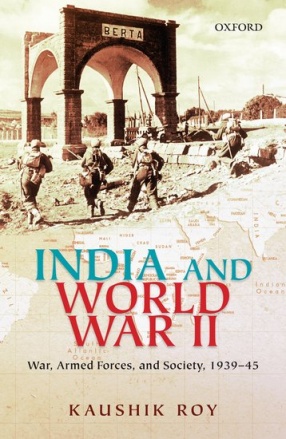
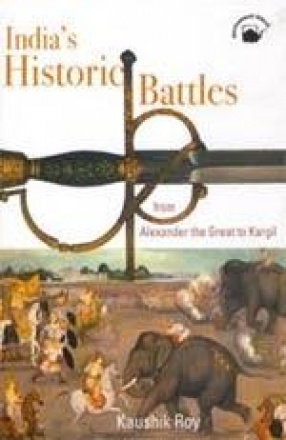

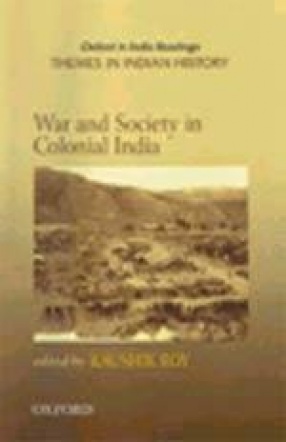
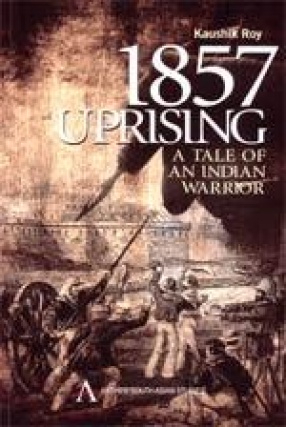
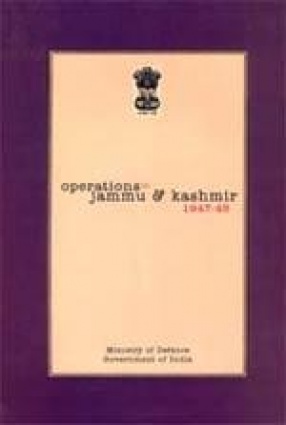
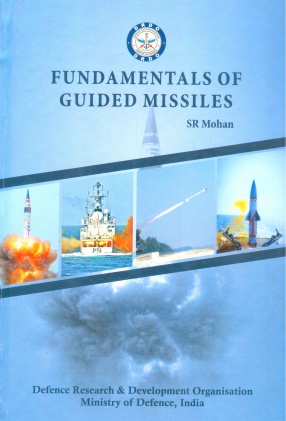
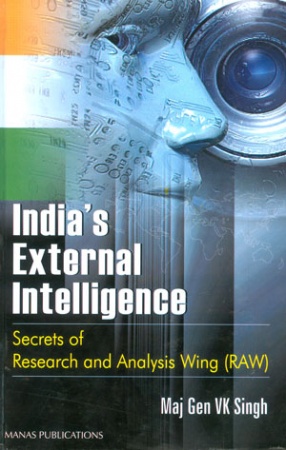
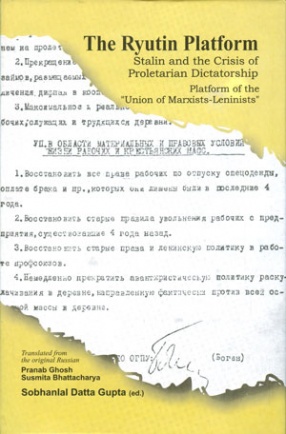

Bibliographic information